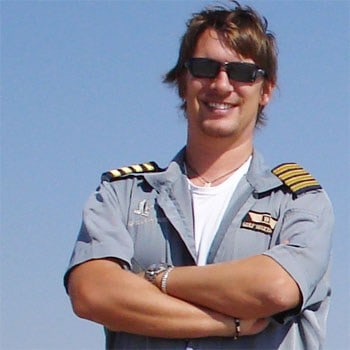The offshore landings to the rigs took a bit of getting used to, but once you got the winds nailed and the correct line it was straight forward. Up in the deserts of Yemen at the moment. The high temps (40+) and high altitudes (5000’) are affecting performance a lot and that is something that I am being challenged with daily, having to be very definite on how much fuel to take in relation to passenger loads, being very near the limits of the helicopters performance.
Most definitely, the commercial part of my training was the most real world training apart from the instrument side, in so much as the pinnacle landings, and confined area maneuvers really set me up well for offshore work. The instrument training and then MLH being able to take me on as an instructor and teach these elements really ingrained what I had learnt. The fact that there are high altitude areas around the Kona base meant that I had a taste of real world experience before being assigned to Yemen, where all my previous training came into effect, and is now being put into good use daily. Temp, Alt, Weight, Torque.
The small family style feeling of the school made my whole experience not just about flying, but also about self discovery. I have made some very good friends whom I know will be with me for the rest of my life. The one to one training was, from what I experienced, probably the best I could have hoped for. Many people I have spoken with since say how most other schools are like factories, just churning out pilots without a care about them. Not so at Mauna Loa. I was always treated and felt like I was one of the family. It harbors the best attitudes in people, and makes them better people, and above all, safer pilots.
Without a shadow of a doubt. I couldn’t recommend any other place to go for training. The people, training, terrain and quality stick out…. Just what you need if you want to succeed in your ambitions and be a safe, professional pilot.
Work hard and play hard, never give up your dreams.

